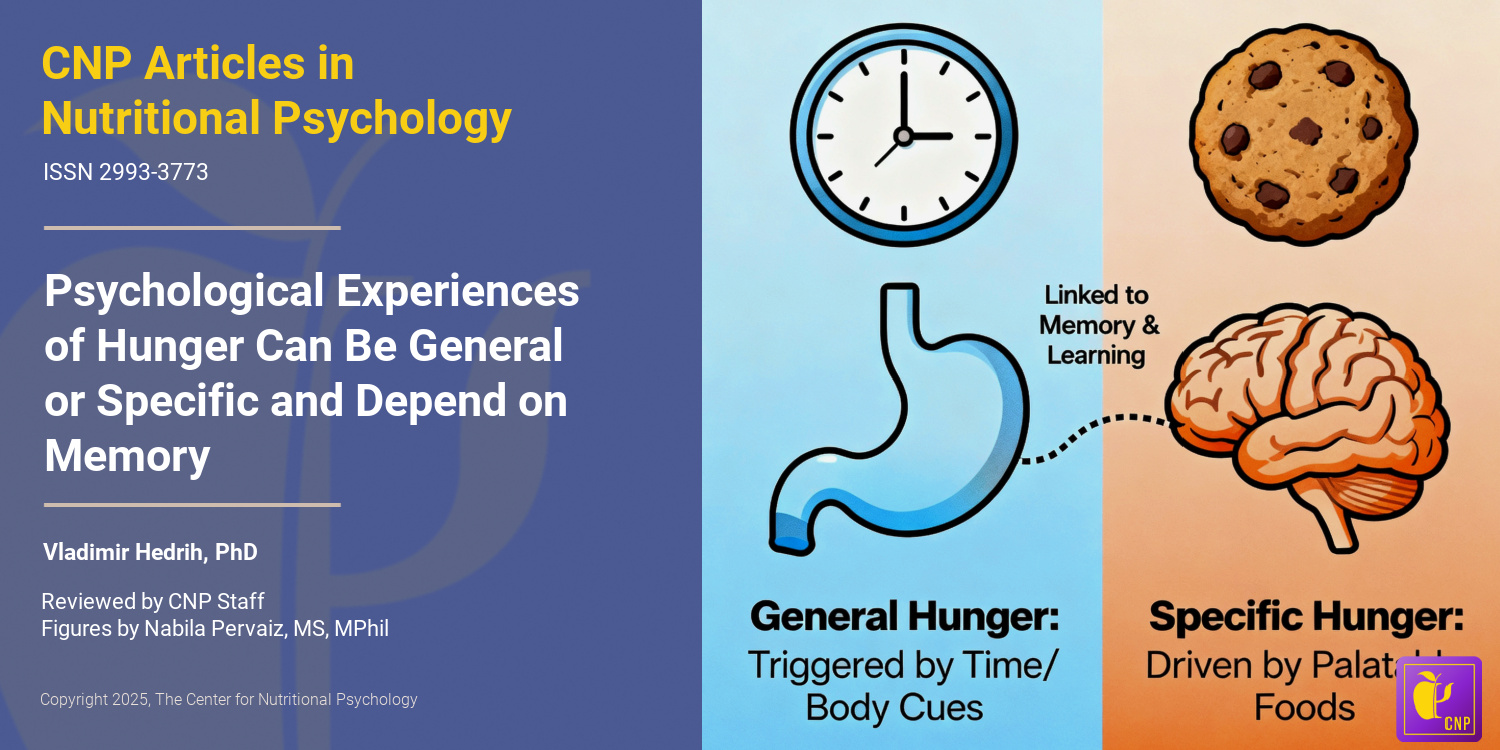Parent-reported prevalence of food allergies in children with autism spectrum disorder: National health interview survey, 2011-2015
Although it is known that people with autism spectrum disorder (ASD) often have food allergies, the limited data on its prevalence is addressed in this 2019 study. This present study used surveys to ask parents if their children had either food allergies or autism. The kids were from the U.S. and aged between 2 and 17 years. Among this nationally representative sample of 53,365 children, the prevalence of autism was 1.7% (905), while food allergies were reported in 5.6% of the subjects. Analysis of this data revealed that food allergies were almost 2.5 times more common in youths with ASD (prevalence of 13.1%) than in those without ASD (5.4%). To conclude, this article demonstrates that food allergies are found to frequently co-occur with autism spectrum disorder. [NPID: autism, autism spectrum disorder, ASD, food allergies, allergies, sensitivity, diet, U.S., US, Americans, children]
Year: 2019
Reference: Tan, Y., Thomas, S., & Lee, B. K. (2019). Parent-reported prevalence of food allergies in children with autism spectrum disorder: National health interview survey, 2011-2015. Autism research : official journal of the International Society for Autism Research, 12(5), 802–805. https://doi.org/10.1002/aur.2106
Related Studies
According to this 2020 article, food allergy seems to be related to low exposure to a diverse range of microbiota during the first few years of life. Encountering microbes leads to the colonization of the gastrointestinal tract by microbes that can help us and provide the host with benefits. These commensal microorganisms are crucial for […]
This 2018 study tests the hypothesis that the intestinal microbiome of children with food allergies may be significantly different to those found in genetically similar non-allergic children and age-matched controls. The objective of this study was to characterize the microbiota found in fecal samples to identify the bacteria taxa that may affect expression of food […]
 Navigation
Navigation






